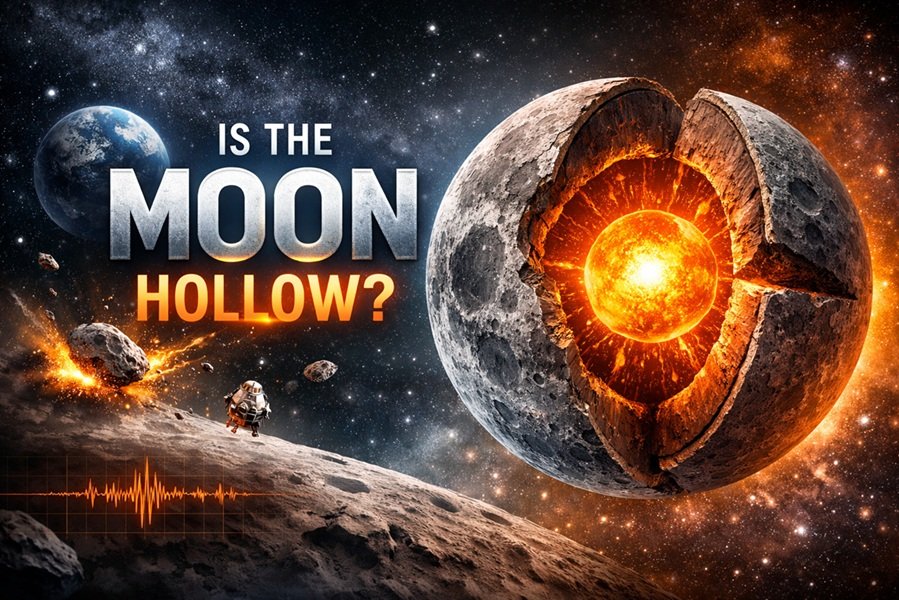
Introduction
Chicken Manchurian is a household name in India, often found sizzling in iron woks at roadside stalls, fine-dining restaurants, and home kitchens alike. But despite its name, Chicken Manchurian is not a traditional Chinese dish. Rather, it is a flavorful product of cultural fusion — the Indo-Chinese cuisine — that took birth not in China, but in India. So, where exactly was Chicken Manchurian invented? The answer takes us to the bustling streets of Mumbai in the 1970s and to the kitchen of an innovative chef who redefined Chinese food in India.
The Birthplace: Mumbai, India
The invention of Chicken Manchurian can be traced back to Mumbai (formerly Bombay), India’s commercial capital. The city, known for its cosmopolitan culture and culinary diversity, became the birthplace of Indo-Chinese cuisine — a fusion of Chinese cooking techniques and Indian flavors.
The Creator: Chef Nelson Wang
The man credited with the invention of Chicken Manchurian is Chef Nelson Wang, a Chinese-Indian restaurateur of Hakka descent. Born in Kolkata to Chinese immigrants, Wang later moved to Mumbai, where he worked as a caterer and eventually founded the now-iconic China Garden restaurant in 1983.
The story goes that in the early 1970s, while working at the Cricket Club of India in Mumbai, Wang was asked by a customer to create something “different” from the usual Chinese fare. He took a leap of culinary faith — using the basic Indian cooking style but infusing it with Chinese sauces and techniques. The result? Chicken Manchurian.
The Original Recipe and Concept
Chef Wang’s original Chicken Manchurian dish combined:
- Boneless chicken pieces, marinated and deep-fried.
- A base of garlic, ginger, and green chilies, sautéed in oil.
- Soy sauce, corn flour slurry, and sometimes tomato ketchup for a tangy twist.
- Spring onions for garnish and freshness.
Unlike traditional Chinese dishes, which use minimal spices, Wang’s version introduced a punchy, spicy, and umami-rich flavor profile tailored to the Indian palate. It was an instant hit.
The Rise of Indo-Chinese Cuisine
Chicken Manchurian marked the birth of Indo-Chinese cuisine, which gained immense popularity in India and later among Indian communities abroad. Other dishes followed, such as:
- Gobi Manchurian (cauliflower)
- Paneer Manchurian
- Hakka noodles
- Schezwan fried rice
None of these are traditional Chinese dishes. Instead, they are adaptations that blend Chinese cooking methods — like stir-frying and using soy sauce — with Indian ingredients such as garam masala, chili powder, and turmeric.
Why “Manchurian”? The Name Explained
The term “Manchurian” refers to Manchuria, a region in Northeast China. However, the connection ends there. The dish has little to no resemblance to authentic Manchu cuisine, which is generally milder and based on stews and boiled foods. The name “Manchurian” was likely chosen to evoke an exotic, Chinese-sounding identity to appeal to Indian customers, despite its entirely Indian origin.
This naming convention is common in Indo-Chinese cuisine, where dishes are given Chinese-sounding names to lend an air of authenticity.
Read This: Are Peanuts Peas or Nuts? The Botanical Truth Revealed
Cultural Significance of Chicken Manchurian in India
Today, Chicken Manchurian holds a special place in the Indian culinary landscape. It is:
- A staple in street food stalls across Indian cities.
- A top-seller in multicuisine restaurants.
- A go-to dish at parties and family gatherings.
- A customizable dish with dry and gravy variants.
Its appeal lies in its perfect balance of flavors — spicy, salty, tangy, and umami — all served piping hot with fried rice or noodles.
Global Impact: Chicken Manchurian Goes International
As the Indian diaspora spread globally, so did Indo-Chinese cuisine. Today, you can find Chicken Manchurian in:
- Indian restaurants in the U.S., U.K., and Canada
- Fusion food trucks and modern bistros
- Home kitchens of second-generation Indian immigrants
It has become a culinary ambassador of Indian innovation and fusion cuisine.
Myth vs. Reality: Common Misconceptions
Myth: Chicken Manchurian is a traditional Chinese dish.
Reality: It was invented in Mumbai by a Chinese-Indian chef.
Myth: Manchurian dishes are from the Manchuria region.
Reality: The name is used more for marketing than authenticity.
Myth: It is part of ancient Chinese cuisine.
Reality: It is a modern invention from the 1970s.
Conclusion
So, where was Chicken Manchurian invented? The answer is clear: Mumbai, India, not China. Conceived by Chef Nelson Wang, it was born out of culinary creativity and has since evolved into a beloved dish that symbolizes the rich tapestry of Indian fusion food. It stands as a testament to the Indian appetite for experimentation and the seamless blending of cultures through cuisine.
Whether dry, semi-gravy, or gravy-based, Chicken Manchurian continues to ignite taste buds and spark debates — not about where it’s from, but how best to eat it: with fried rice, noodles, or just on its own.







